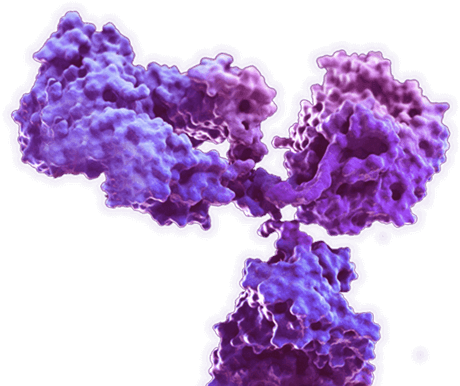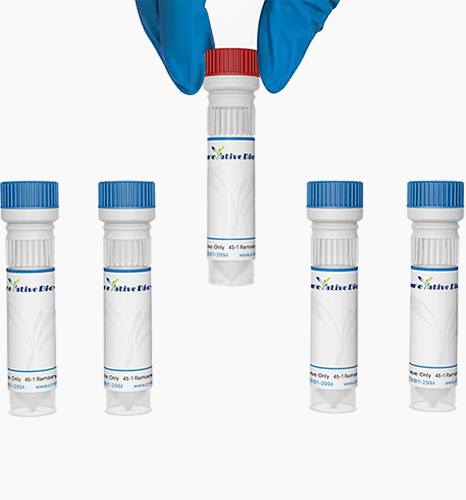YM4271 competent cells (MOFY-0822-FY523)
Cat: MOFY-0822-FY523
Certificate of Analysis Lookup
To download a Certificate of Analysis, please enter a lot number in the search box below. Note: Certificate of Analysis not available for kit components.
Lot Number
To download a Certificate of Analysis, please enter a lot number in the search box below. Note: Certificate of Analysis not available for kit components.
Lot Number
| Size: | |
| Inquiry |
- Specifications
- Properties
Specifications
| Description | YM4271 strain, MATa type, can be directly transformed into plasmid or can be used for protein interaction verification or screening library test with MATα type yeast strain EGY48, Y187, etc. through mating operation. Transformation marker is: trp1, leu2, ura, reporter gene is: HIS3. It can be used for yeast two-hybrid, yeast single-hybrid or heterologous protein expression experiments. |
| Gene Types | MATa, ura3-52, his3-Δ200, ade2-101, ade5, lys2-801, leu2-3,112, trp1-901, tyr1-501, gal4Δ, gal80Δ, ade5::hisG |
| Size | 100 µL/vial |
| QC result | Transformation efficiency of pGADT7 plasmid detection:>104 cfu/μg DNA. |
| Note | 1. Competent cells should be thawed on ice as much as possible. 2. Transforming high concentrations of plasmids can correspondingly reduce the amount of bacteria that are ultimately used for plating. 3. The amount of plasmids can be increased when 2-3 plasmids are transformed at the same time. 4. YM4271 yeast strain is sensitive to high temperature, and the suitable growth temperature is 27-30°C; above 31°C, the growth rate and transformation efficiency decrease exponentially. 5. Powdery colony is not contamination, it is a common phenomenon in yeast cell growth. When the cells were cultured on the plate for a few days, the Adenine on the plate was consumed by the yeast, and the yeast tried to synthesize Adenine for use through its own metabolic pathway. However, the ADE2 gene of some strains was destroyed, and the Adenine synthesis pathway was blocked; The genes 5, 6, 7, and 8 are all normal, so the intermediate product P-ribosylamino imidazole (AIR) accumulates in the cells and turns the colonies pink. 6. The growth rate of yeast in the defective medium is slower than that of the YPDA medium. The more defective components in the medium, the slower the growth. Take transformation plating as an example: apply YPDA plate at 29°C for 48 h to see clones with a diameter of 1 mm; Coat SD single-deficiency plates at 29°C for 48-60 h to see clones with a diameter of 1 mm; coat SD double-deficient plates at 29°C for 60-80 h to show colonies with a diameter of 1 mm; coat SD triple-deficient or quad-deficient plates at 29°C, 80-90h culture showed 1 mm diameter clones. |
Properties
| Shipping | Dry ice |
| Storage | Store at -80 °C |
| Handling Advice | Immediately upon receipt, cells were transferred from dry ice to -80°C refrigerator. |
For Research Use Only | Not For Clinical Use.
Online Inquiry


